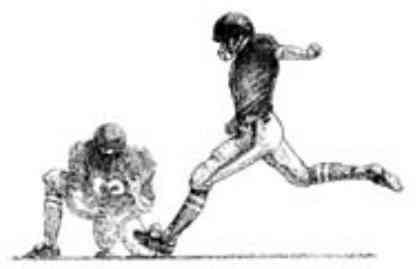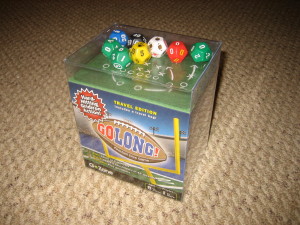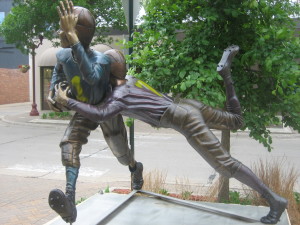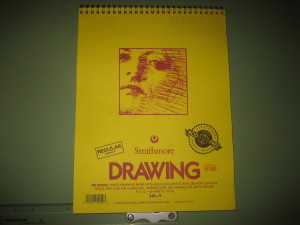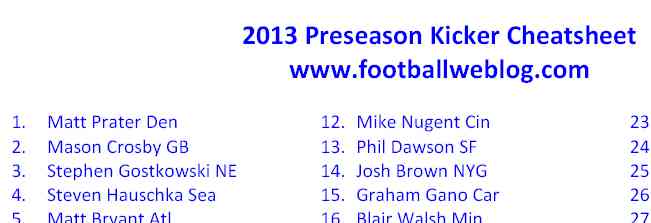
In my last post, I wrote about using the science of statistics, namely regression analysis, to find a correlation between the success of NFL kickers and some other easily tracked stat. As an example, if a fantasy football team owner knew that the best kickers come from teams that are adept at running the ball, a kicker could simply be chosen from a team that racks up rushing yards. That was not what I learned, however. Surprisingly, even a kicker’s accuracy or range did not significantly reflect on his success. The keys, I learned, was in the propensity of the kicker’s team to score points, and to a slightly lesser degree, his team’s ability to win.
Using this new-found knowledge as my premise, I decided to create a kicker cheatsheet. But not only are offenses taken into account. I also looked at defenses and the schedule each kicker will face. Naturally, just as the best kickers come from offenses that have the ability to score points and win games, that success is offset by good defenses. Further, the data is weighted. There is an approximate 56-44 ratio between the r squared values for scoring points and winning games, and this cheatsheet takes that into account.
The bottom line is that a great deal of thought and gnashing of teeth went into this cheatsheet. It is based entirely on hard numbers and inspired calculation. Unlike other cheatsheets, individual hunches do not play a part. Of course, there will always be outliers – kickers that end up having a great fantasy season against all logic – but a person can go crazy trying to identify those players. When a system is sound, it’s best to leave gut feelings out of the equation. (Ever seen the movie Moneyball?) The chances of landing a top-5 kicker are much greater if you leave your supposed intuition at home.
Read more ›
